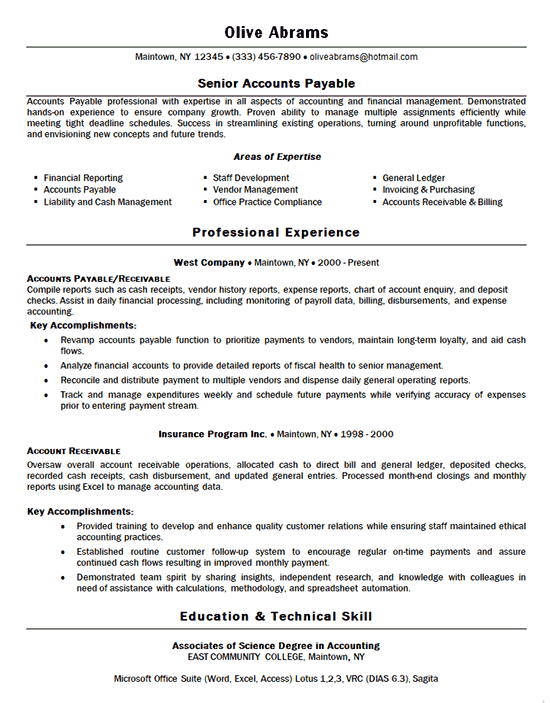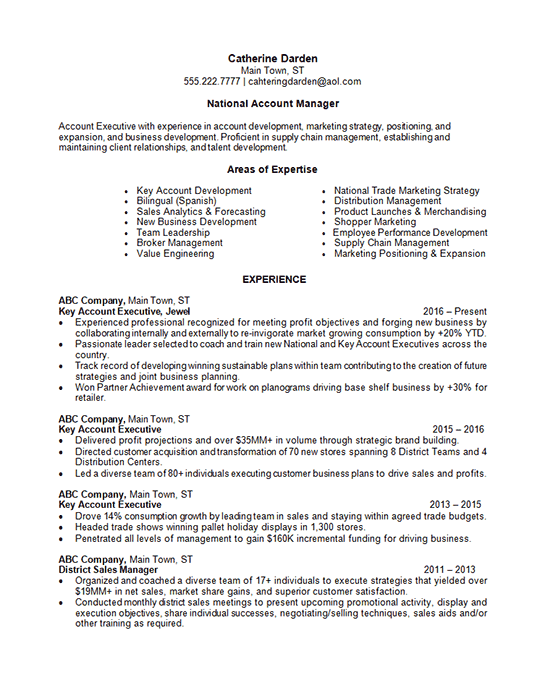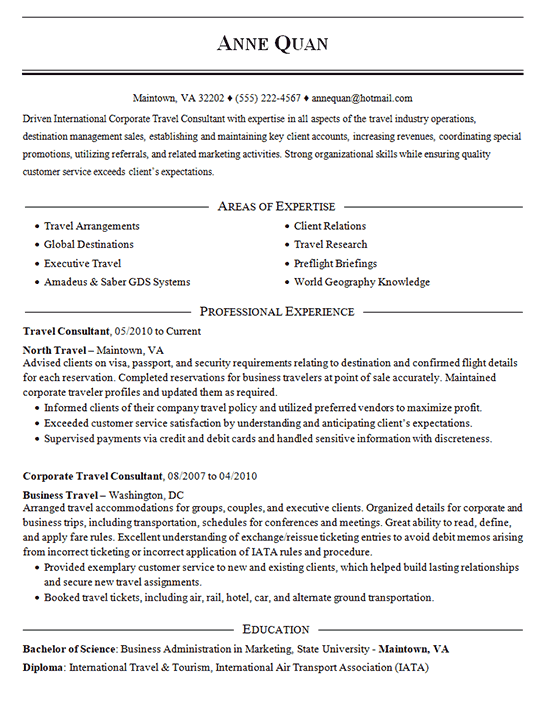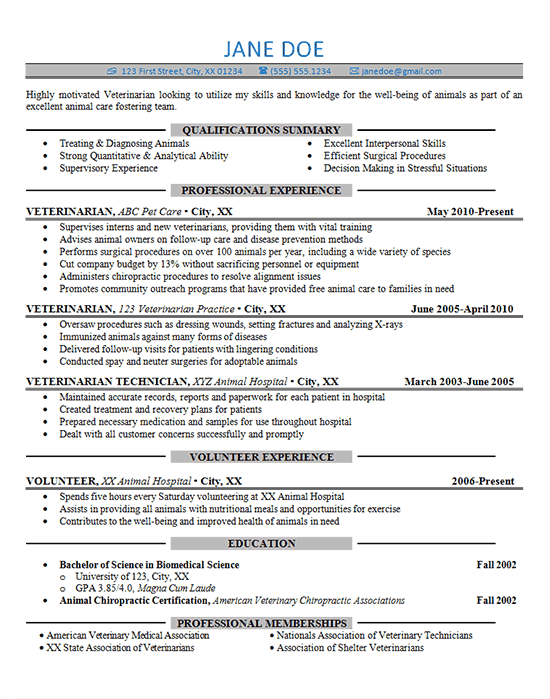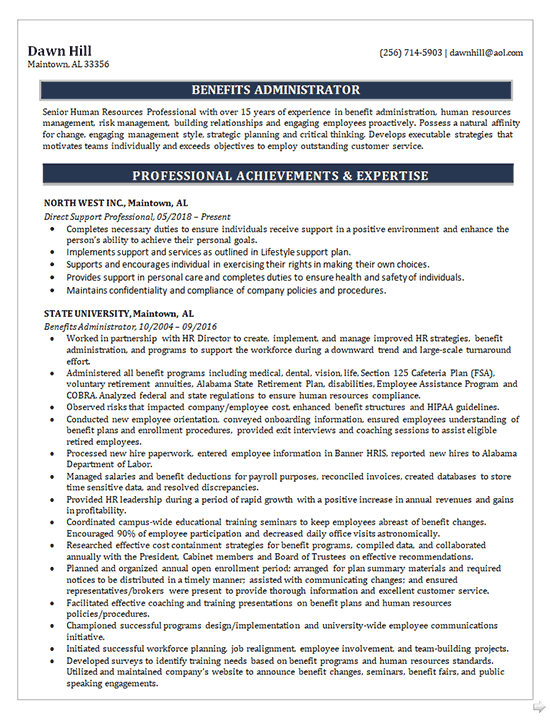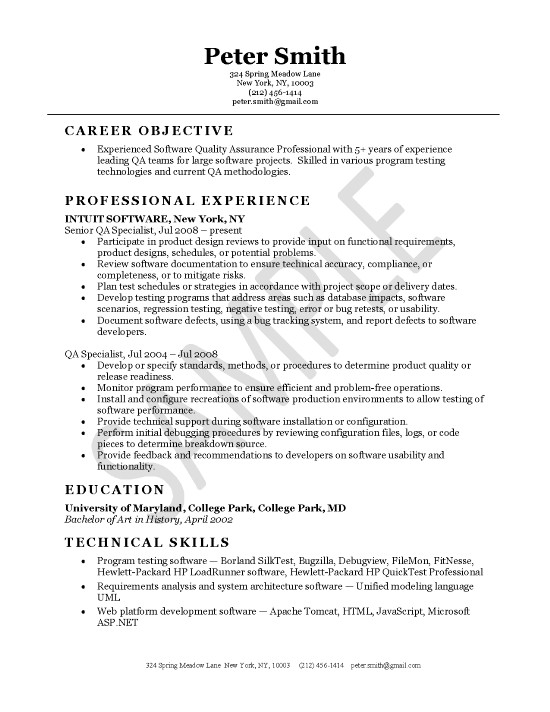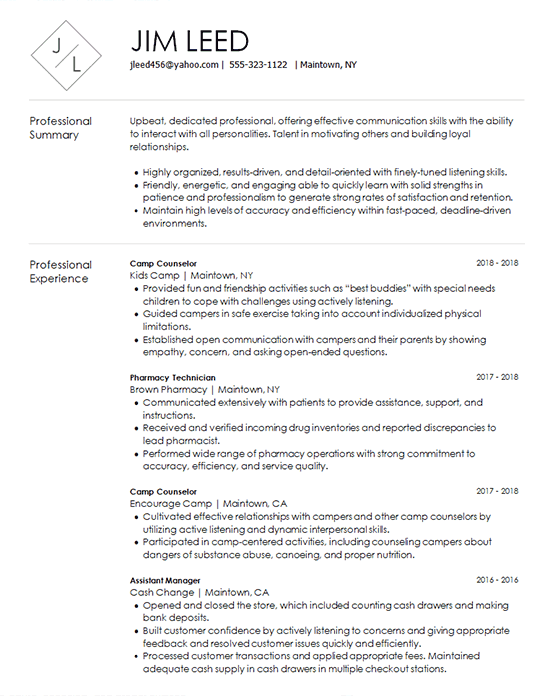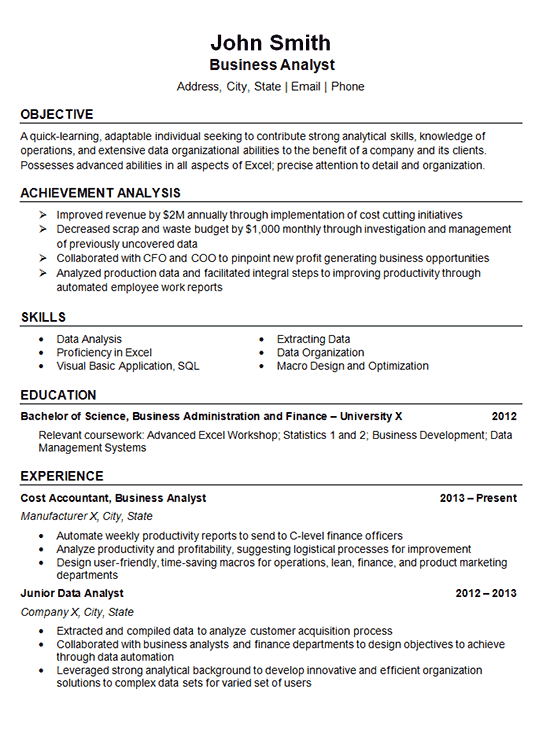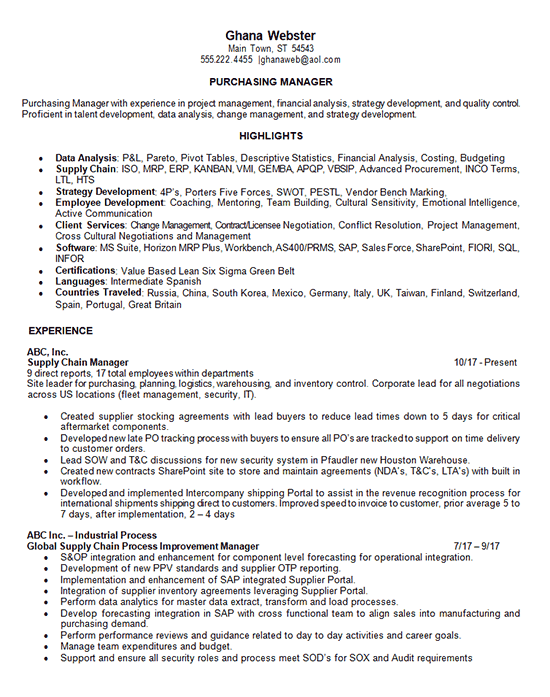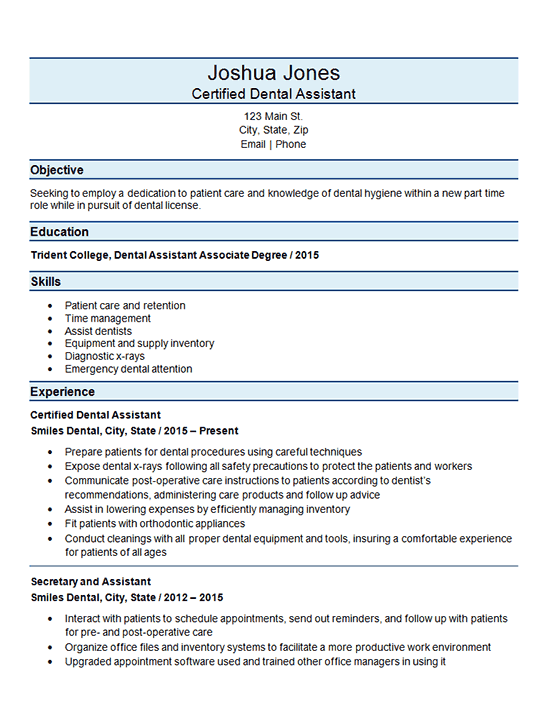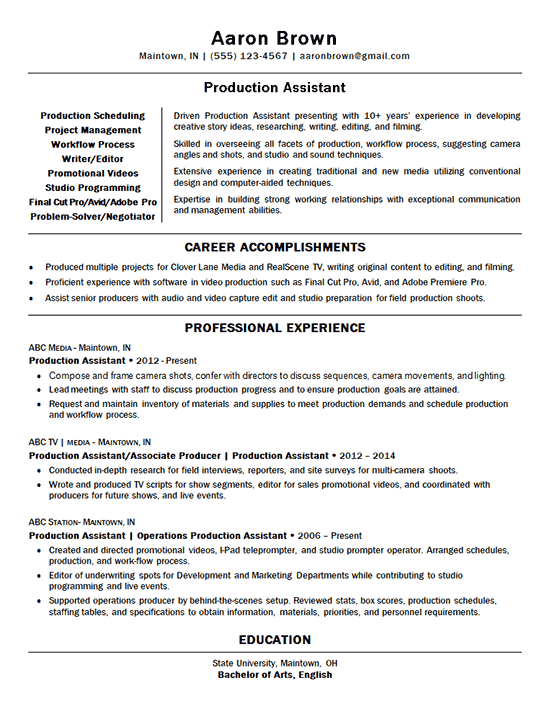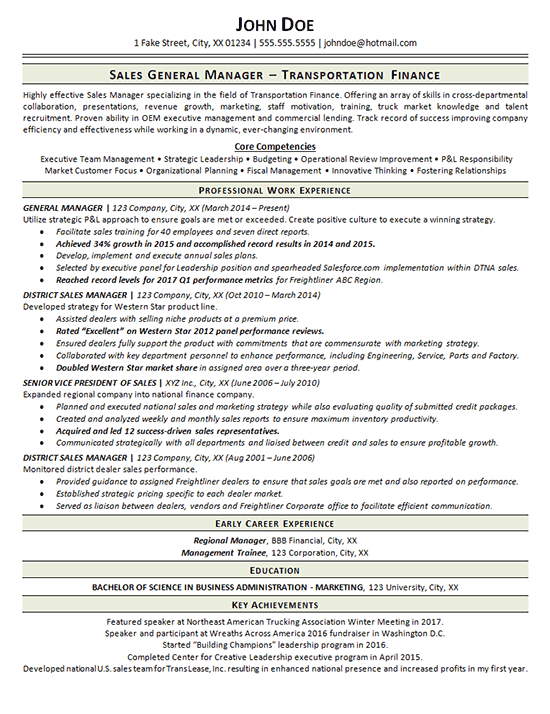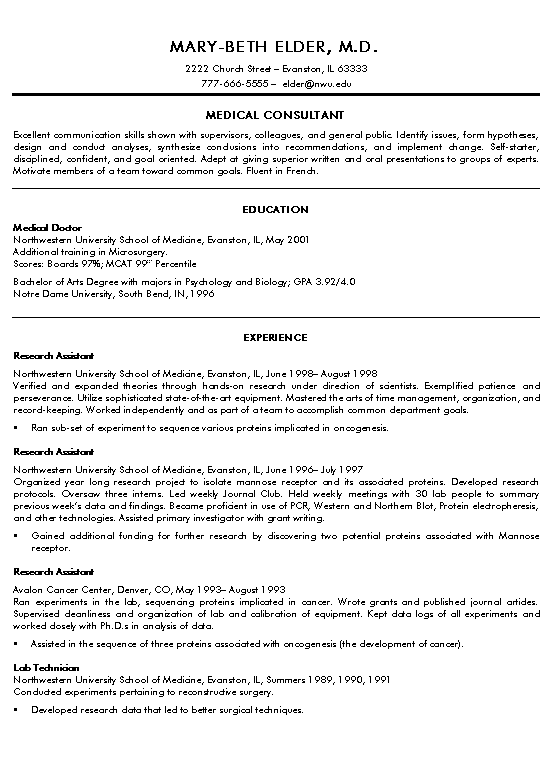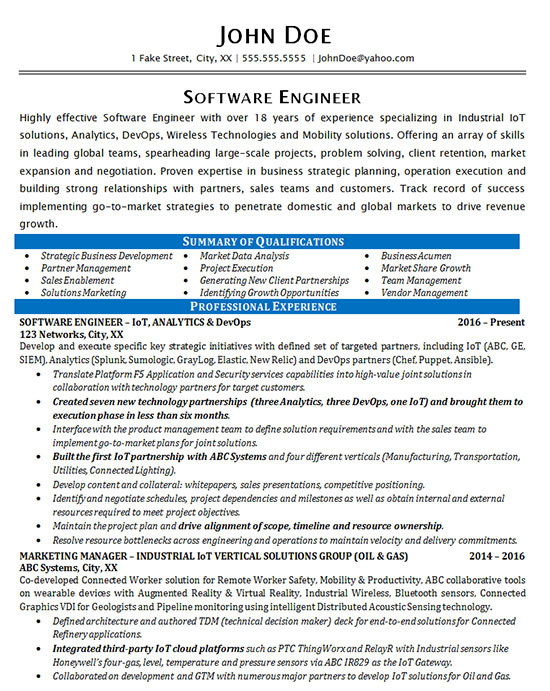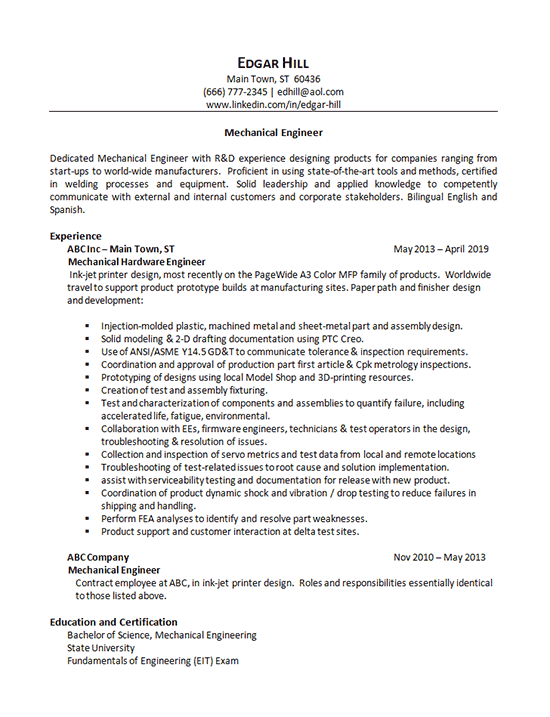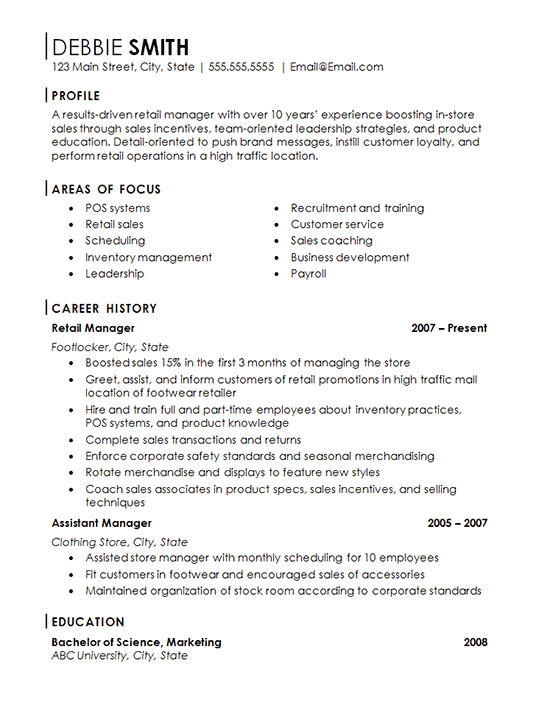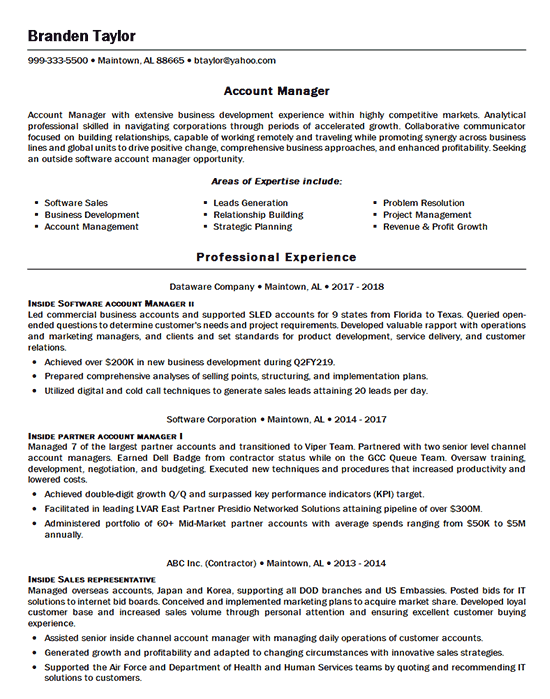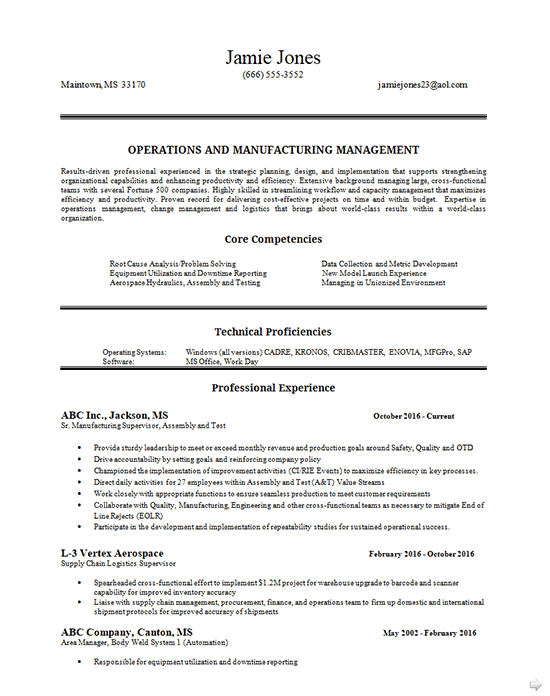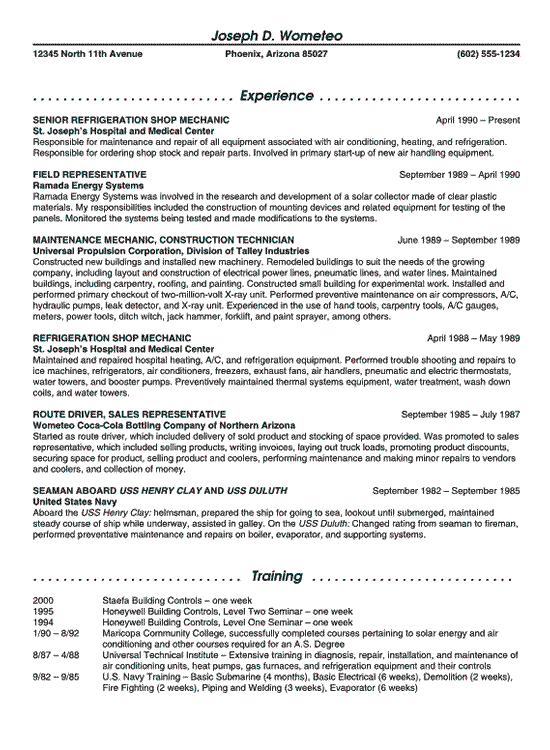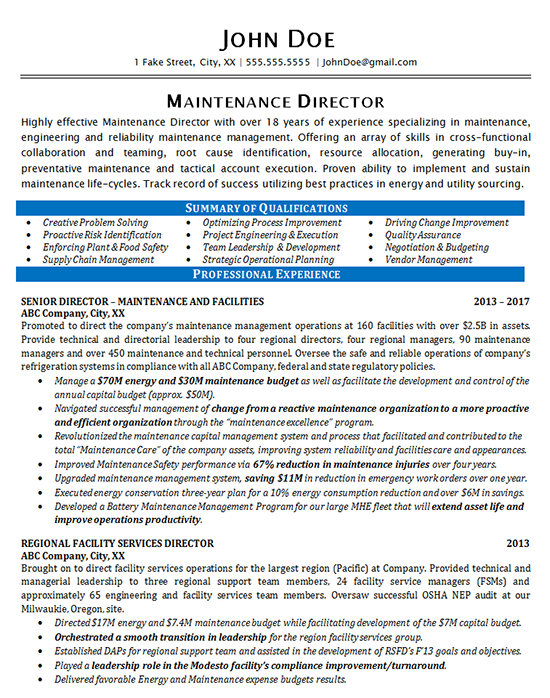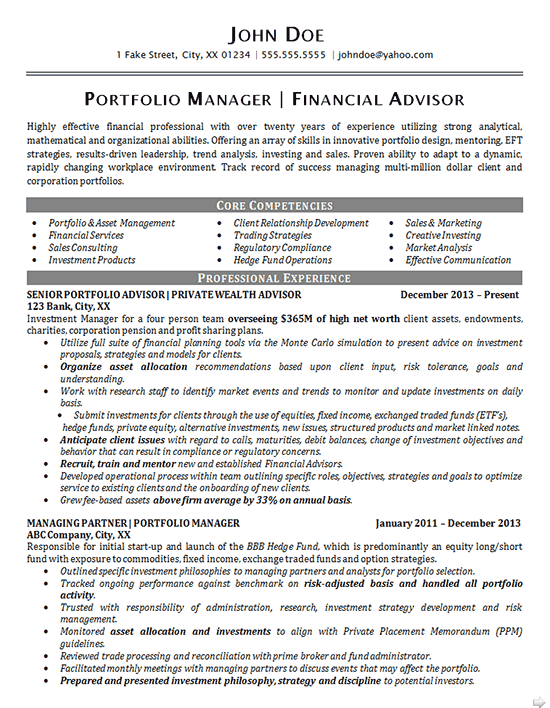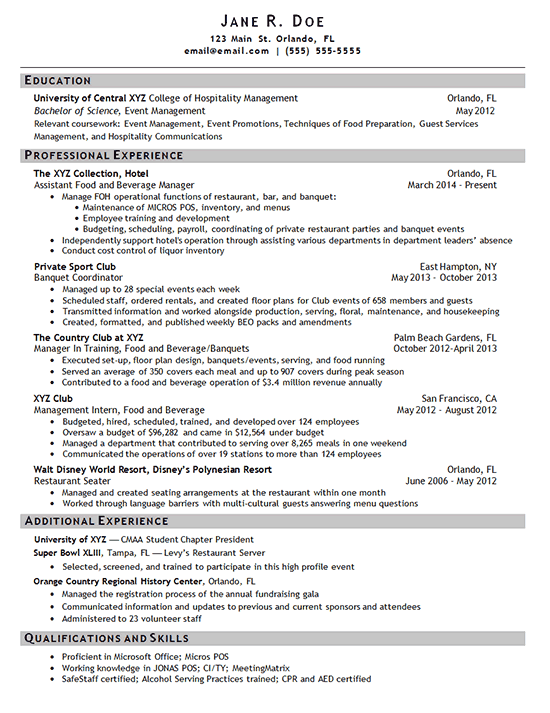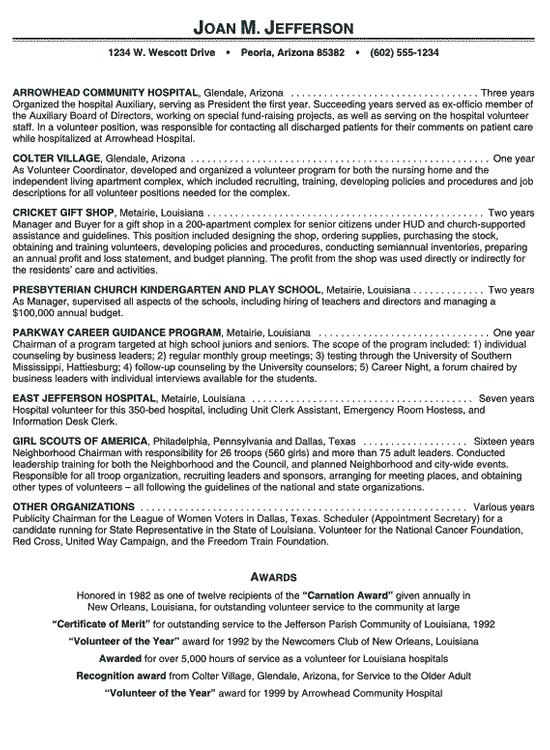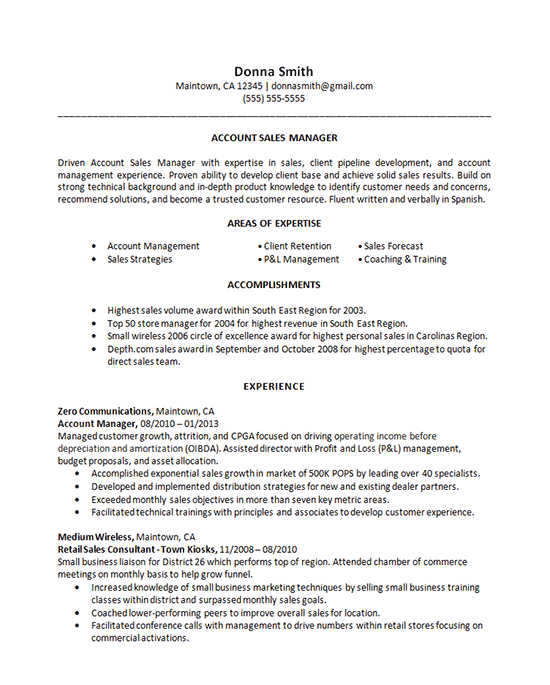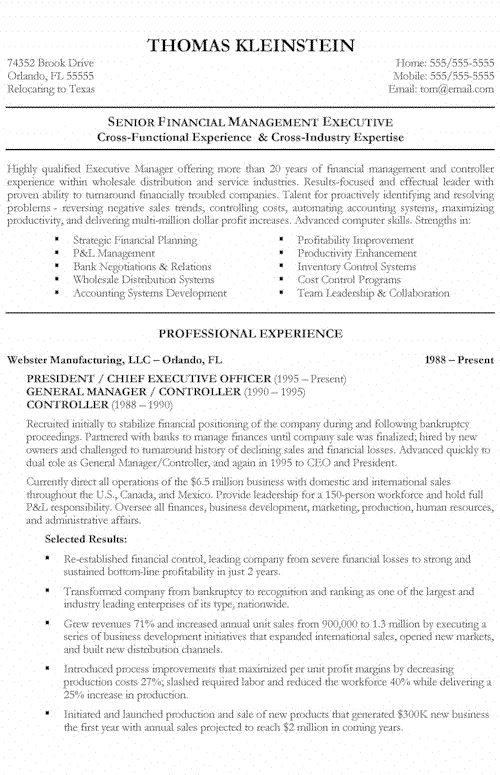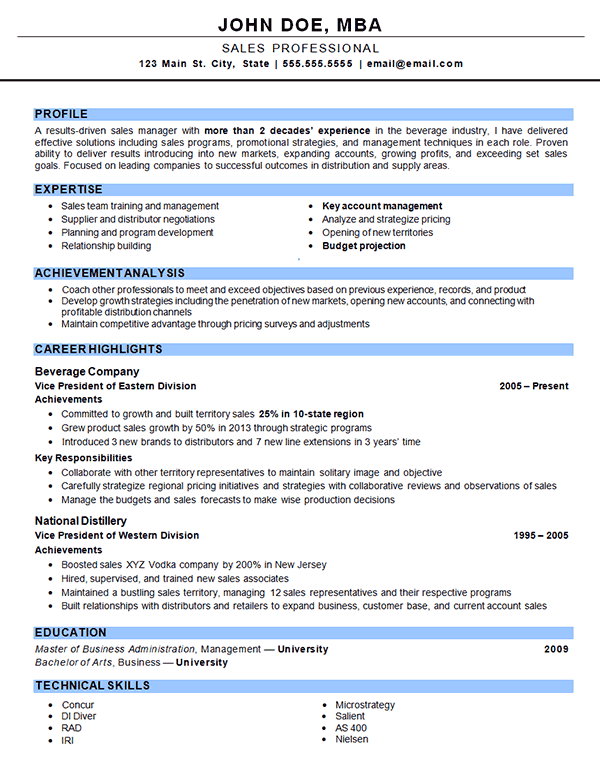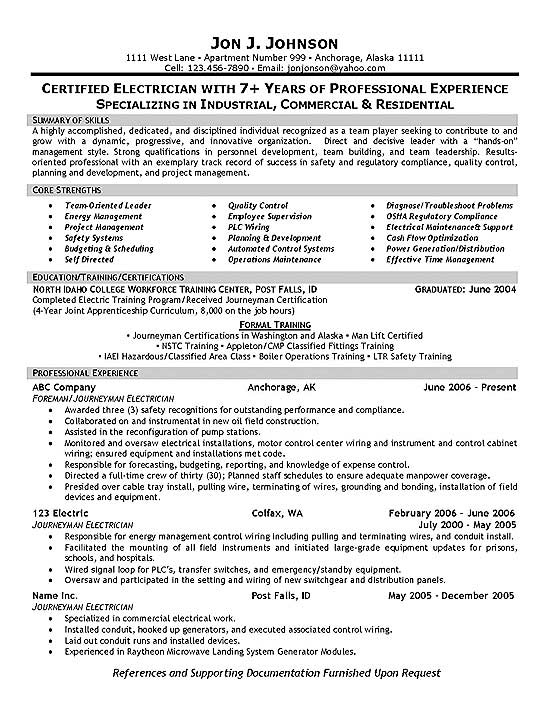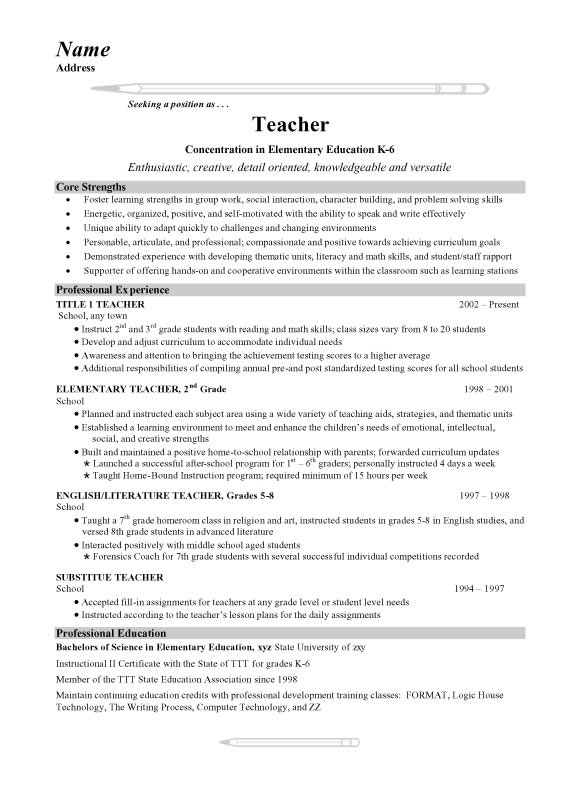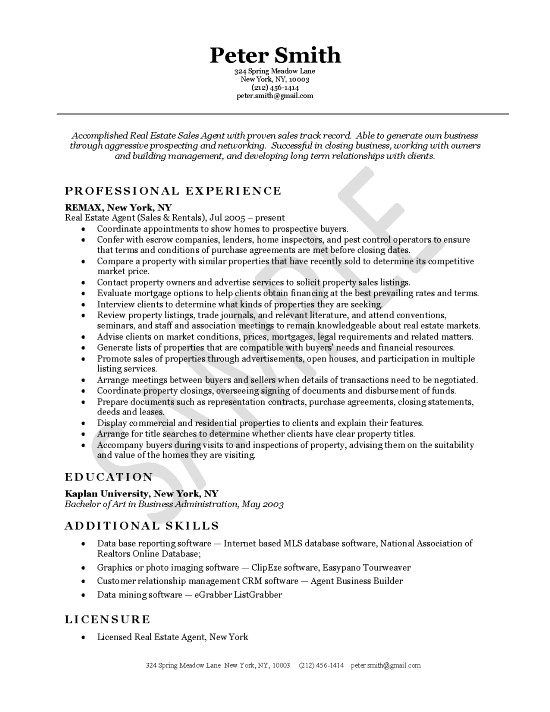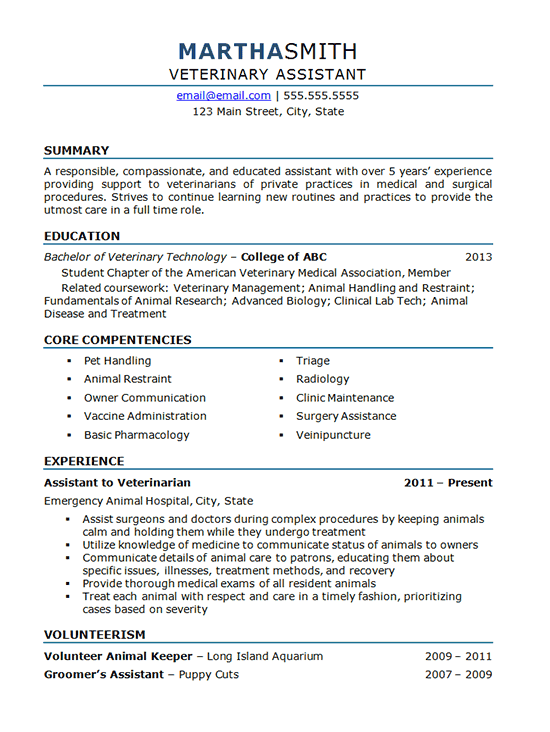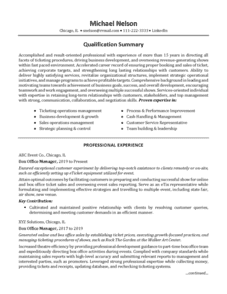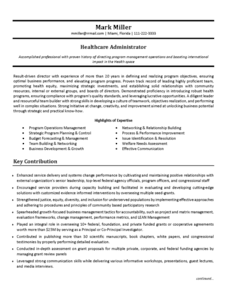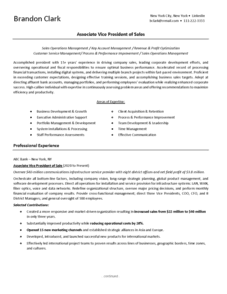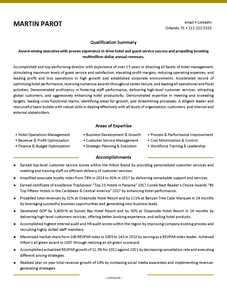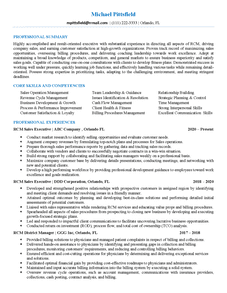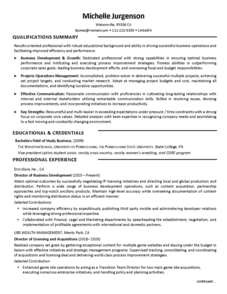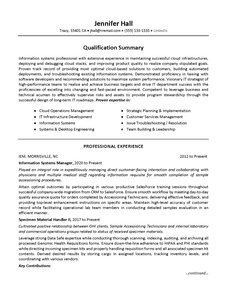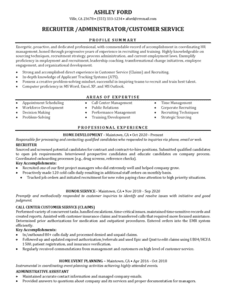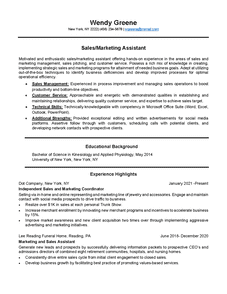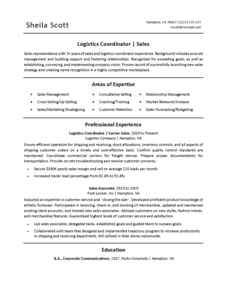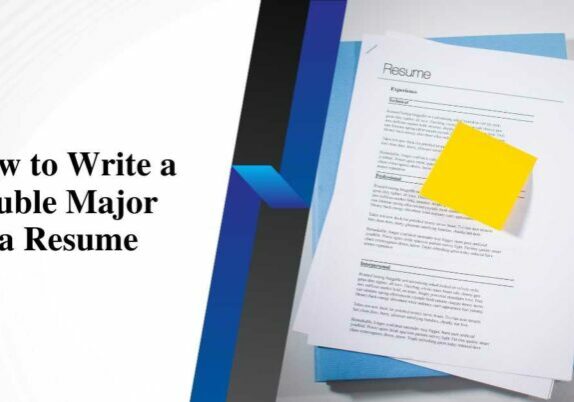This medical student resume is for a job candidate that was finalizing a degree in Neuroscience and applying for a Master-level program. The role of the resume was to demonstrate their academic standing, relevant work experience, and other components, which would qualify them for a position in the desired program.
Simple and to the point, the Objective, Education, and Academic Experience sections will complement the candidate’s application and corresponding essays. The Extracurricular Activities section was used to bring forth more personal details about the candidate, which demonstrated discipline, perseverance, and leadership.
Lastly, the Core Competencies detailed the type of person the candidate is. This information would be typically left off a professional-level resume or included within the profile, however because this is an academic resume, it is appropriate to list these transferable skills.
The only challenge we faced in compiling this resume was to incorporate truly meaningful and relevant points about the candidate’s history which would be appeal to universities.
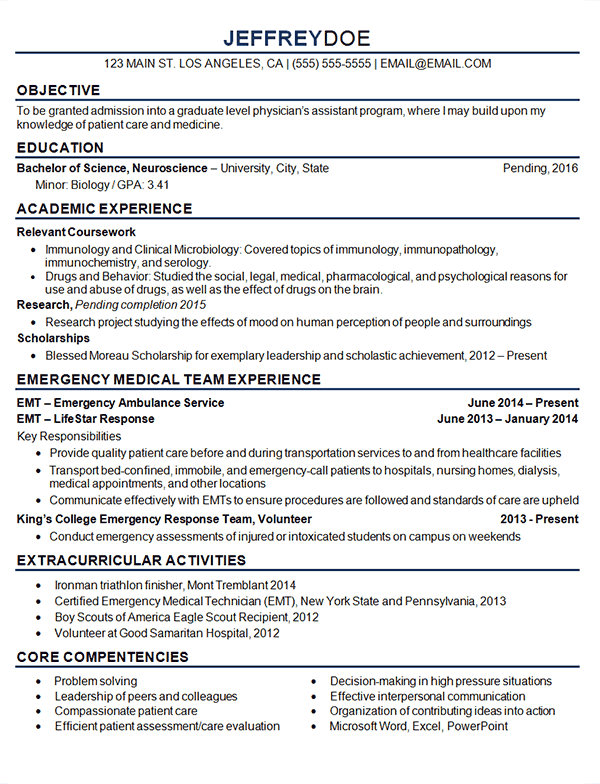
Medical Student Resume Example
Medical Student Resume Example Statements
- Provide quality patient care before and during transportation services to and from healthcare facilities.
- Transport bed-confined, immobile, and emergency-call patients to hospitals, nursing homes, dialysis, medical appointments, and other locations.
- Communicate effectively with EMTs to ensure procedures are followed and standards of care are upheld.
- Skills include Problem solving, Leadership and Interpersonal Communication.
- Compassionate with patient care and efficient with patient assessment/care evaluation.
- Strong Decision-making in high pressure situations.
Medical Student Resume Writing Tips
So you want to be a doctor? Get ready for years of grueling education and training, followed by the daunting task of crafting the perfect medical student resume. You know, the one that will showcase your academic achievements, experience, and potential, all while standing out from the hundreds of other applicants vying for the same spot. No pressure, right?
But fear not, dear aspiring physician, for this article will guide you through the ins and outs of crafting a perfect resume. We’ll cover everything from what a medical student resume is and why it’s crucial to how to structure it, optimize it with keywords such as medical career, practice medicine med school, oncology, and emergency medicine, and also make it visually appealing.
So sit back, relax, and get ready to learn how to impress even the most discerning medical school admissions committees.
What Does a Medical Student Do?
As a medical student, you’ll be studying tirelessly to become a doctor in a specialized field, taking on an immense workload and racking up an average of $202,405 in debt – but the reward of saving lives and helping others is worth it.
Medical students study for four years at an accredited university before beginning two years of classroom learning and two years of clinical rotations in medical school.
After graduating from medical school, students must complete three to seven years of residency in a teaching hospital.
Relevant work experience and accomplishments can significantly make your cv stronger.
Clinical experience gained during rotations can be included in the employment history section.
The education section is also vital, where the degree program, school name, dates attended, and location should be listed in reverse chronological order.
Any relevant coursework, teaching experience, clubs, and leadership opportunities can be added to the education section.
Finally, residency programs are crucial for medical students as they provide hands-on training in a specific medical specialty.
The skills and interests developed during clinical rotations can be showcased to impress potential residency program directors.
Remember to align the skills section with the employer’s requests in the job description and to incorporate keywords from the job description to increase your chances of getting hired in 2023.
What Exactly is a Medical Student Resume?
You’re probably wondering what exactly makes a resume for someone pursuing a career in the medical field unique.
This document outlines a student’s education, clinical experience, and relevant skills. It serves as a tool for students to showcase their qualifications and stand out to potential employers.
A well-crafted resume can help a student secure a residency, fellowship, or other job opportunities in the healthcare industry.
When formatting, there are a few key things to remember. First, a precise and professional template highlighting your relevant experience and education is essential.
Your resume should be easy to read, with bullet points and concise language. Additionally, it should follow a clear structure and keep your education section listed first in reverse chronological order, followed by your clinical experience, skills, and other relevant sections.
Showcasing your relevant experience and skills is essential. This can include any clinical rotations or research projects you’ve completed and any leadership or volunteer experience.
Tailoring your resume to the particular job or residency program you’re applying to is essential, using keywords from the job description and highlighting your relevant qualifications.
By following these writing tips and using a solid format and template, you can create a standout resume that will help you land your dream job in the healthcare industry.
How To Write an Effective Medical Student Resume
An impressive resume is essential for standing out in the competitive healthcare industry. To write an effective CV, it’s critical to keep it concise and remember that your cv should highlight relevant experiences.
Aside from education, including clinical experiences such as volunteer work, internships, and publications can demonstrate a well-rounded background.
In addition to education and clinical experience, extracurricular activities and accomplishments can be included to showcase the candidate’s leadership and communication skills. For instance, highlighting leadership roles in student organizations or awards received in medical school can add depth.
It’s crucial to align the skills section with the employer’s requests in the job description and to avoid flashy designs that can detract from the content.
Overall, an expertly-designed resume that’s well-organized and easy to read can make a significant difference in catching the attention of potential employers. Employers may use Applicant Tracking Systems (ATS) to screen applications, so including relevant keywords from the job description is vital.
By following these tips and highlighting your experiences and accomplishments, you can create a strong resume that stands out in the competitive healthcare industry.
How to Properly Format Your Medical School Resume
To make your medical school CV stand out, it’s essential to use a clean and professional layout that doesn’t overwhelm potential employers with flashy design elements but allows them to navigate your information easily.
It’s essential to remember that simplicity is key. A curriculum vitae that is cluttered or difficult to read can quickly turn off a hiring manager or recruiter. To ensure that your resume is formatted correctly, it’s essential to use a consistent font and size throughout and ensure that your headings are bold and easy to read.
In addition to a clean design, it’s vital to showcase your experiences in a way that is easy to understand. One way to do this is to quantify them, using numbers whenever possible. For example, instead of simply stating that you completed a certain number of clinical rotations, you might say that you completed ’10 clinical courses in various specialties, including cardiology and orthopedics.’ This gives potential employers a better idea of your experience and makes your resume more memorable.
Finally, your education section is one of the most critical parts and should be prominently displayed near the top of the page. This section should include your degree program, the name of your school, and your graduation date. If you have any additional coursework or certifications relevant to the position you’re applying for, be sure to include those as well.
By correctly formatting your resume and highlighting your experience and education, you can increase your chances of landing your dream job in the medical field.
Why Should You Prepare Your Medical Student Resume Early?
Start preparing early to stand out in the competitive job market for healthcare professionals. As a medical student, you should start thinking about your resume and cover letter as early as possible. This will give you enough time to tailor your application to the job you want to apply for and highlight your strengths and accomplishments.
Remember that competition is fierce, and many applicants will vie for the same position. Therefore, it’s crucial to start preparing your CV early. This way, you’ll have the time to gather all the necessary information, including awards and honors you’ve received, your experience as an intern, and any other relevant experience you may have.
Additionally, you’ll have time to hone your interpersonal skills, which are highly valued in the healthcare industry. You can practice your communication skills, learn more about teamwork and leadership, and develop critical thinking skills. These skills will make you stand out and increase your chances of getting the desired job.
What Kinds of Experience Impresses Medical Schools?
Impress medical schools by showcasing your diverse and dynamic experiences, demonstrating your dedication and determination to become a doctor.
Medical schools are looking for candidates with a well-rounded education and a wide range of experiences showing their commitment to the field. For example, including research experience and academic consulting can demonstrate your ability to think critically and contribute to the field.
Additionally, if you have experience working with pediatric patients, this can be highly valued as pediatrics is a common area of focus for students of medicine and doctors.
When preparing your resume, it’s essential to highlight your experiences and achievements in a way that is relevant to medical school and residency applications. This can include volunteer work, leadership roles, and clinical experiences.
These experiences demonstrate your passion for the field and ability to work with patients and collaborate with other medical professionals. By showcasing your experiences clearly and concisely, you can set yourself apart from other applicants and increase your chances of being accepted into medical school.
In addition to highlighting your experiences, you must tailor your CV to the medical school and residency program you are applying to. This can include researching the program’s mission and values and incorporating them into your application.
By preparing a robust CV, you can demonstrate your dedication to the field and increase your chances of acceptance into your desired program.
How To Create an Effective Medical Student Job Description and Skills Sections
You must ensure your job description and skills sections stand out in your application. To do this, you should highlight your unique skills and qualifications.
Make sure you tailor your resume to the specific medical school or residency program you’re applying to. You can use a medical student CV example or a medical school CV as a guide to writing your own.
When writing your job description section, include any internships or research experience. Be specific about your accomplishments and the skills you developed during these experiences. This will help give the admissions committee a better idea of what you can bring to the program.
In your skills section, highlight any specific technical skills you have and any soft skills relevant to the medical field. Use a writing guide and look at resume examples to help you craft an effective skills section.
You can increase your chances of being accepted into a medical program by effectively showcasing your skills and qualifications.
Eras and Your Resume: Why Both Are Better
Combining ERAS with your CV can significantly improve your chances of getting into a residency program. ERAS, or the Electronic Residency Application Service, is a centralized platform medical students use to apply to residency programs. Using ERAS, you can simultaneously submit your application materials to multiple programs, such as your CV, personal statement, and letters of recommendation. This can save you time and increase your visibility to potential residency directors.
ERAS can help you format it to meet the standards of the residency application process. ERAS provides a CV template that you can use to ensure that your CV includes all the necessary information in the correct format. This can save you time and stress when preparing your document. Using ERAS to format your CV can also help you effectively communicate your qualifications and experiences to residency directors.
Incorporating ERAS into your medical school application process can be a game-changer when entering a residency program. Using the platform to format your resume and submit your application materials, you can save time, increase your visibility to residency directors, and present yourself in the best possible light.
So, if you’re a physician or medical student preparing your residency application, consider using ERAS to give yourself the best possible chance of success.
Conclusion
Congratulations! You now know how to craft a compelling resume that showcases your academic achievements, experiences, and skills. Remember to keep it concise, well-organized, and tailored to the position you’re applying for.
As you prepare your resume, remember that the competition for healthcare jobs is fierce. According to the Bureau of Labor Statistics, healthcare jobs are projected to grow 15% from 2019 to 2029, much faster than the average for all occupations. This means there will be a higher demand for qualified healthcare professionals and a higher level of competition.
So, ensure your document stands out and highlights your unique qualifications.
In conclusion, the key to writing an effective medical student resume is to focus on your academic achievements, relevant experiences, and transferable skills. Following the tips and guidelines outlined in this article, you can create a resume that helps you land your dream job in the competitive healthcare field. Good luck!

